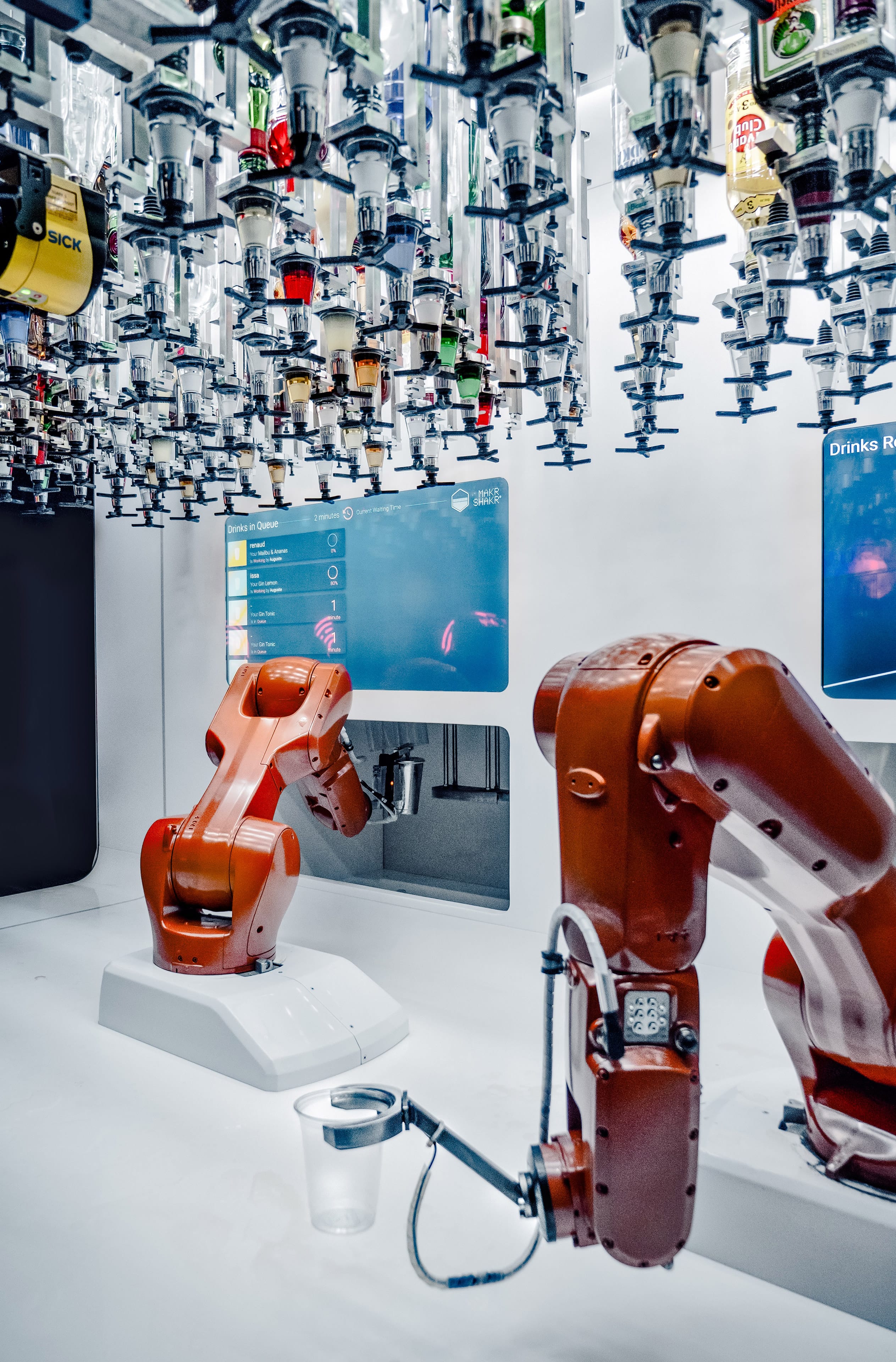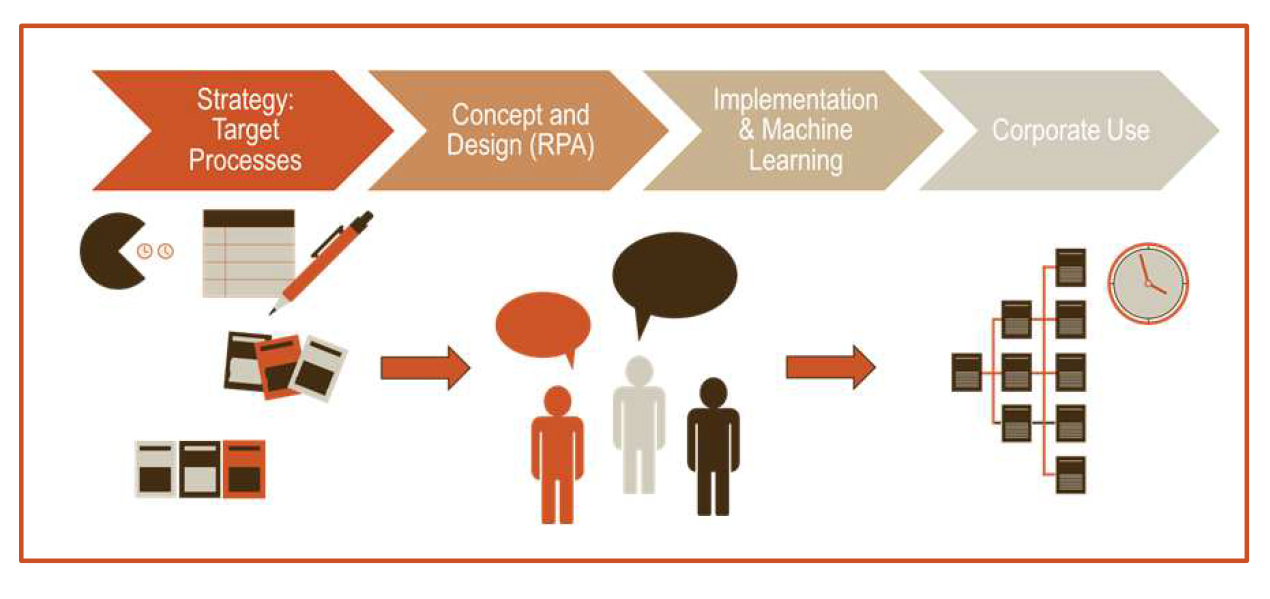Background
The digitalisation era has opened up many opportunities to improve employee efficiency in ways that were not available in the recent past.
- As organisations look for ways to better utilise their talent, one way to support this effort is to ensure that employees remain focussed on high-value activities and finding ways to reduce or eliminate mundane or low-value tasks.
- Robotic Process Automation or RPA is a fairly recent development which uses software to emulate human activity – in particular, the type of activity or tasks associated with business processes. An example of this might include all the tasks associated with creating a monthly report. In this scenario, one or more employees would typically download data from one or more systems. The data would have to be checked, possibly configured in a particular way, charts created and finally published. The total effort involved in this activity on a monthly basis could be considerable. Using RPA, the human effort required reduces to zero.
- RPA is best suited to tasks which are high-volume, low- complexity and routine.
-
Implementation costs are relatively low and offer excellent payback ROI
How it works
- Robotic Process Automation (RPA) is a program which simulates human activity by enabling routine and repetitive process-related tasks to be automated.
- Tasks can include such things as gathering data, checking the quality of the data, combining it with data from a variety of sources and publishing the data to a report.
- RPA uses software robots or ‘bots’ to complete these tasks. ‘Bot’s are usually based on a recording of tasks which emulate the actions of a human.
- Automated tasks will include a combination of commands and the necessary logic to deal with different scenarios, including any errors which may arise during execution.
- RPA is capable of interacting with multiple systems and application.


